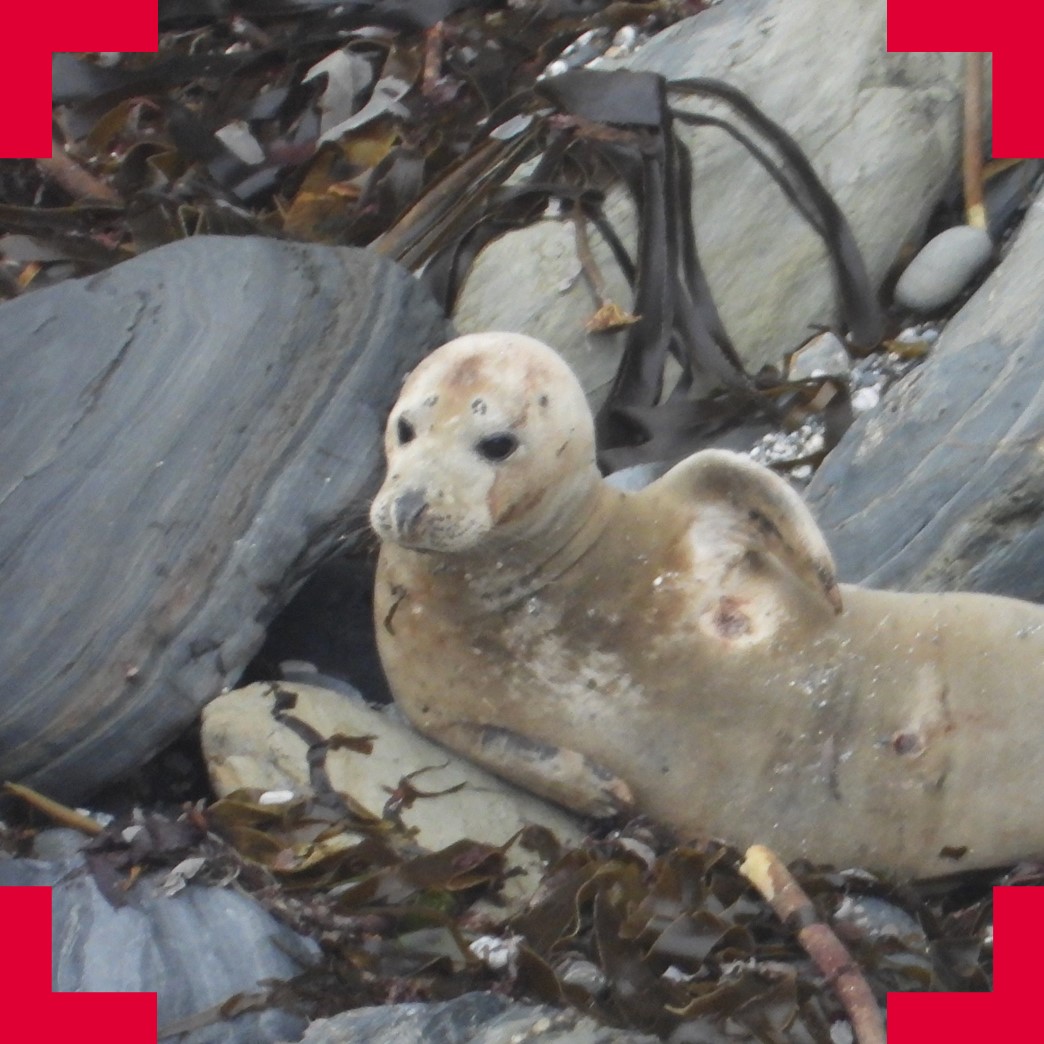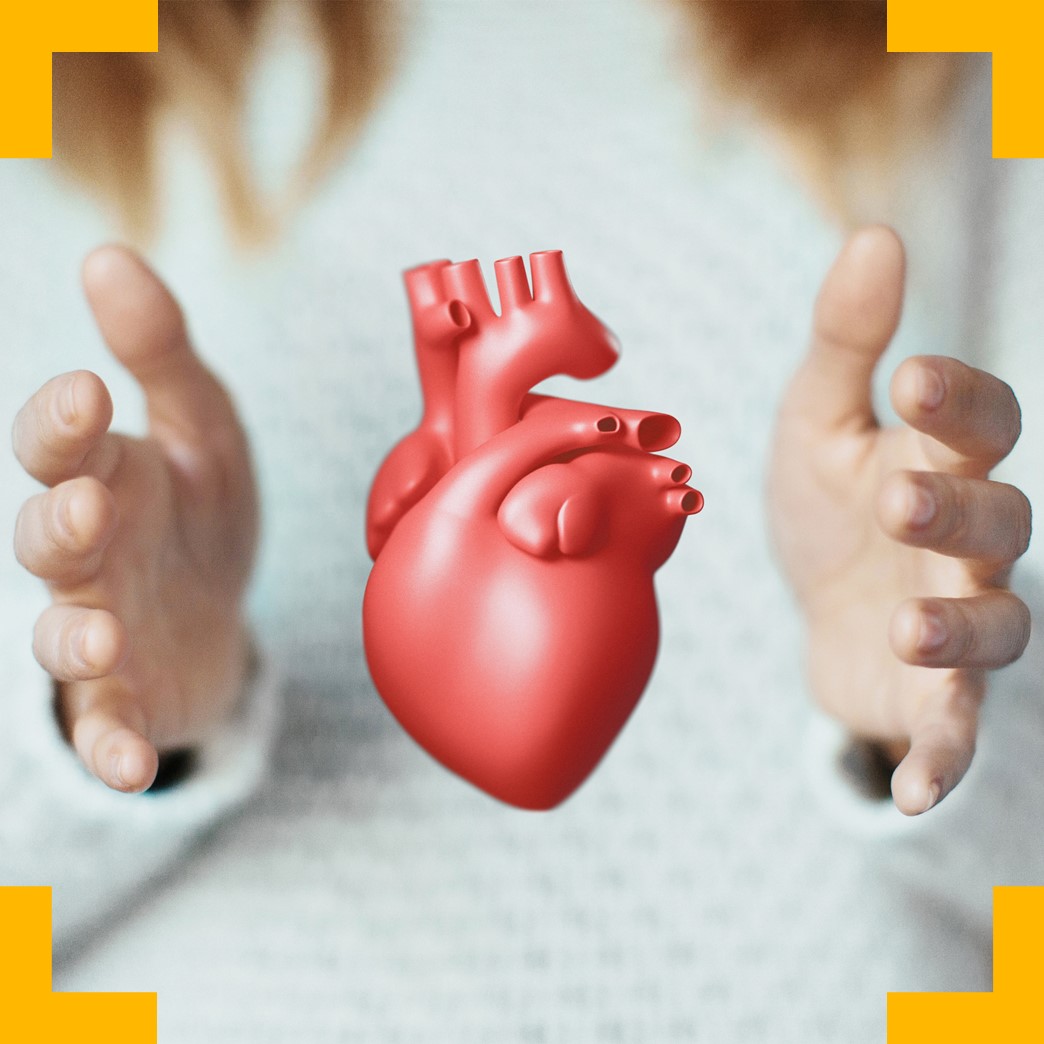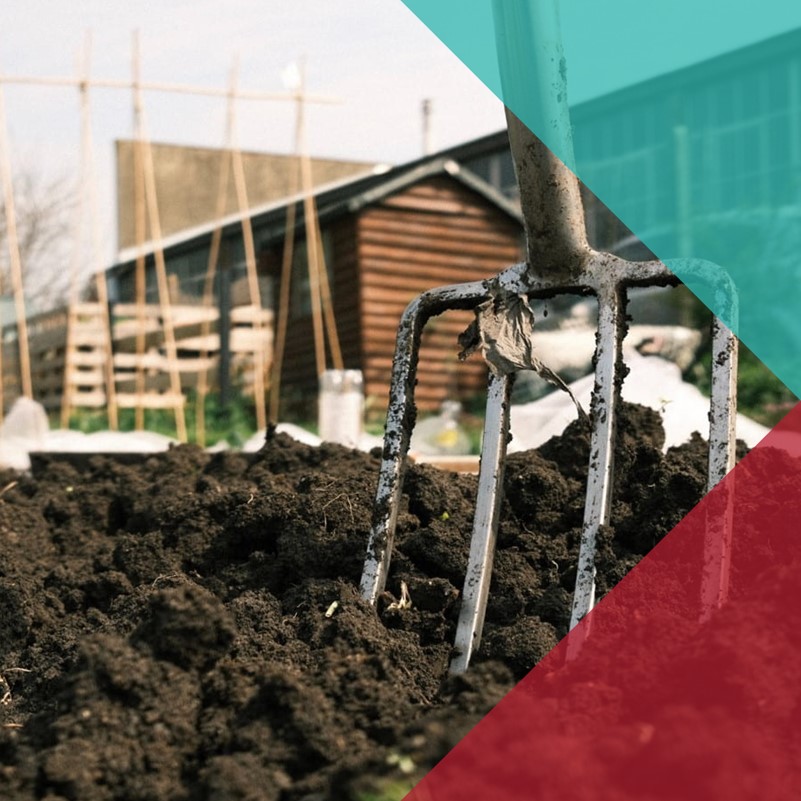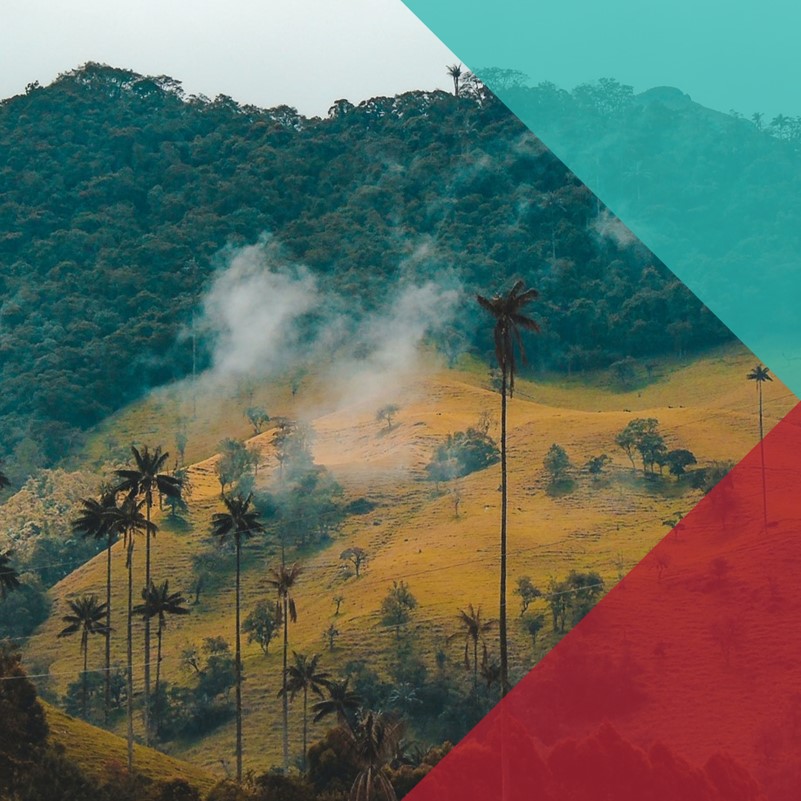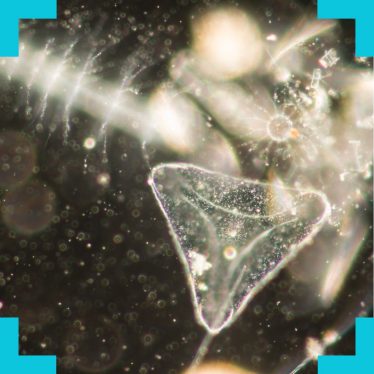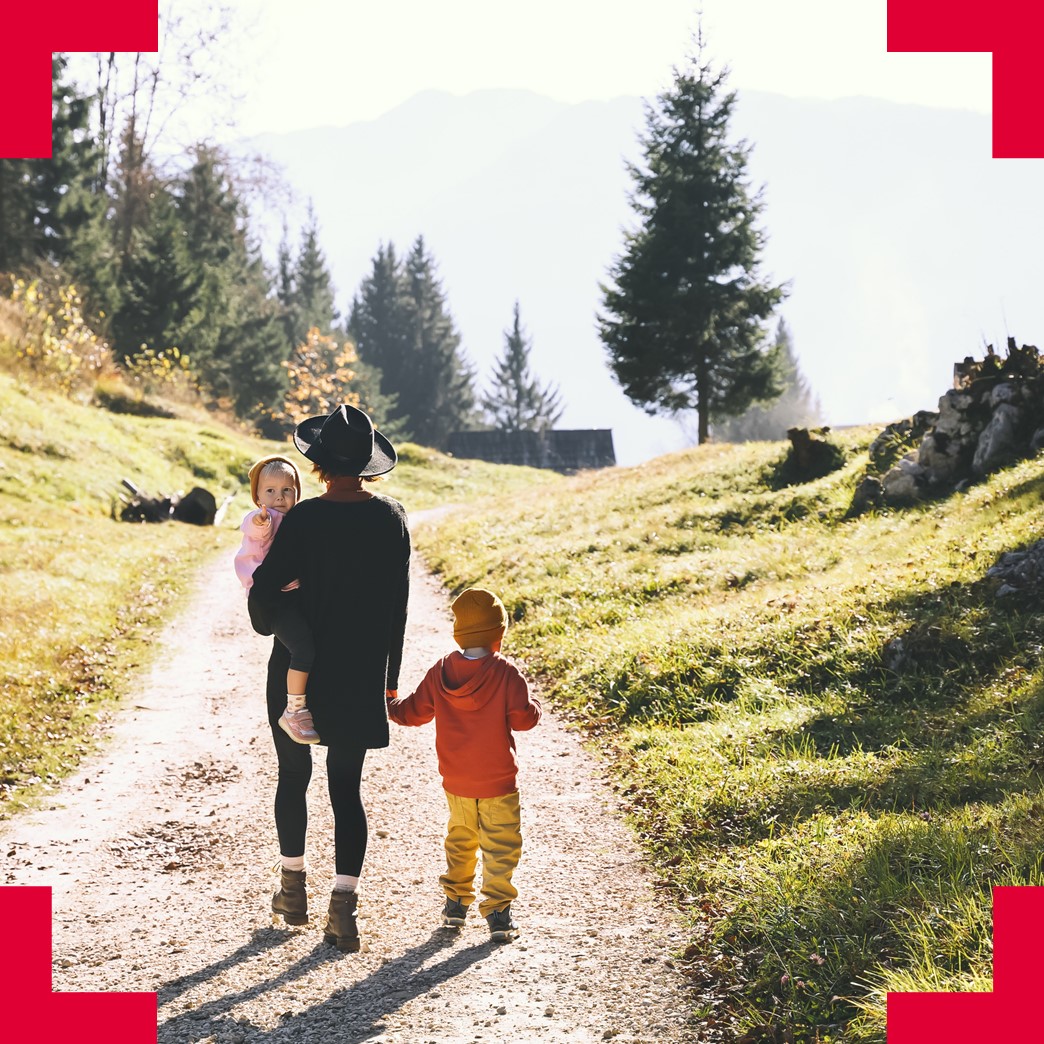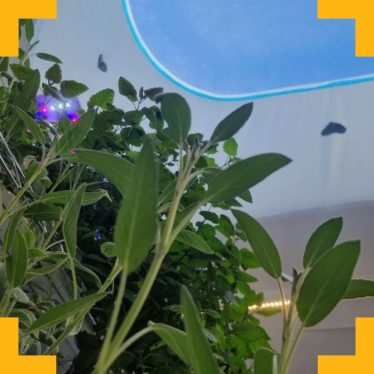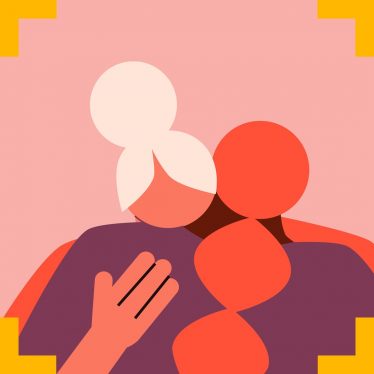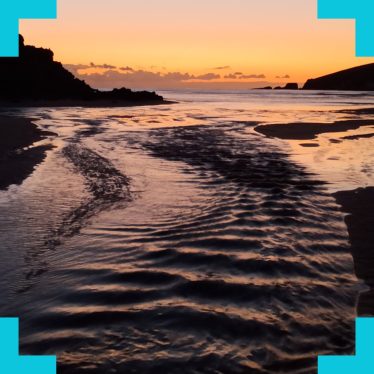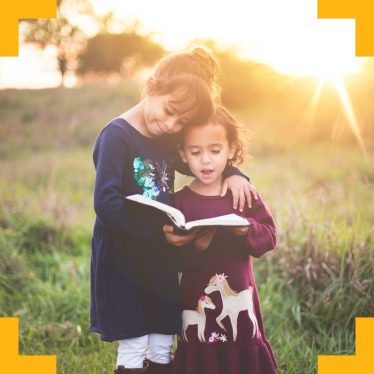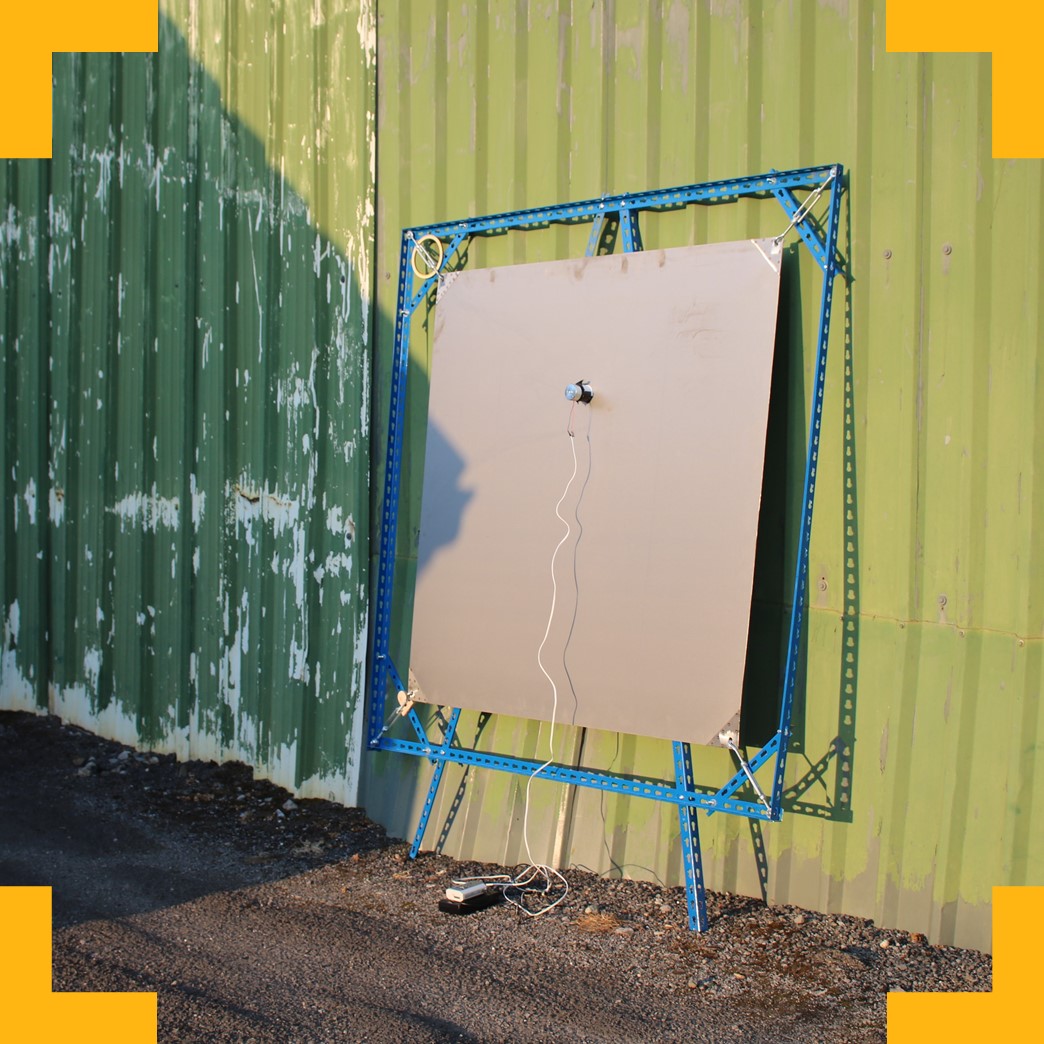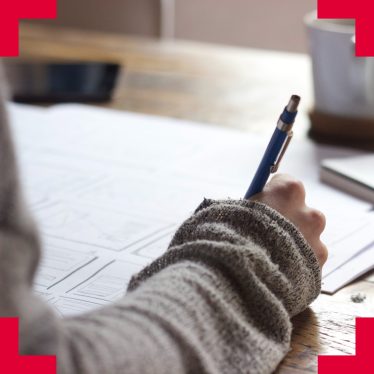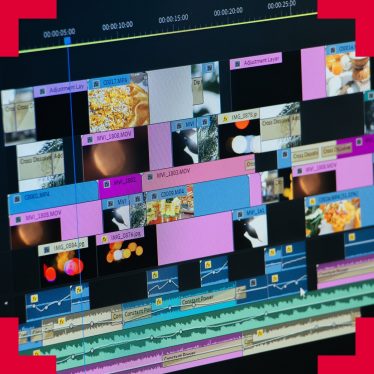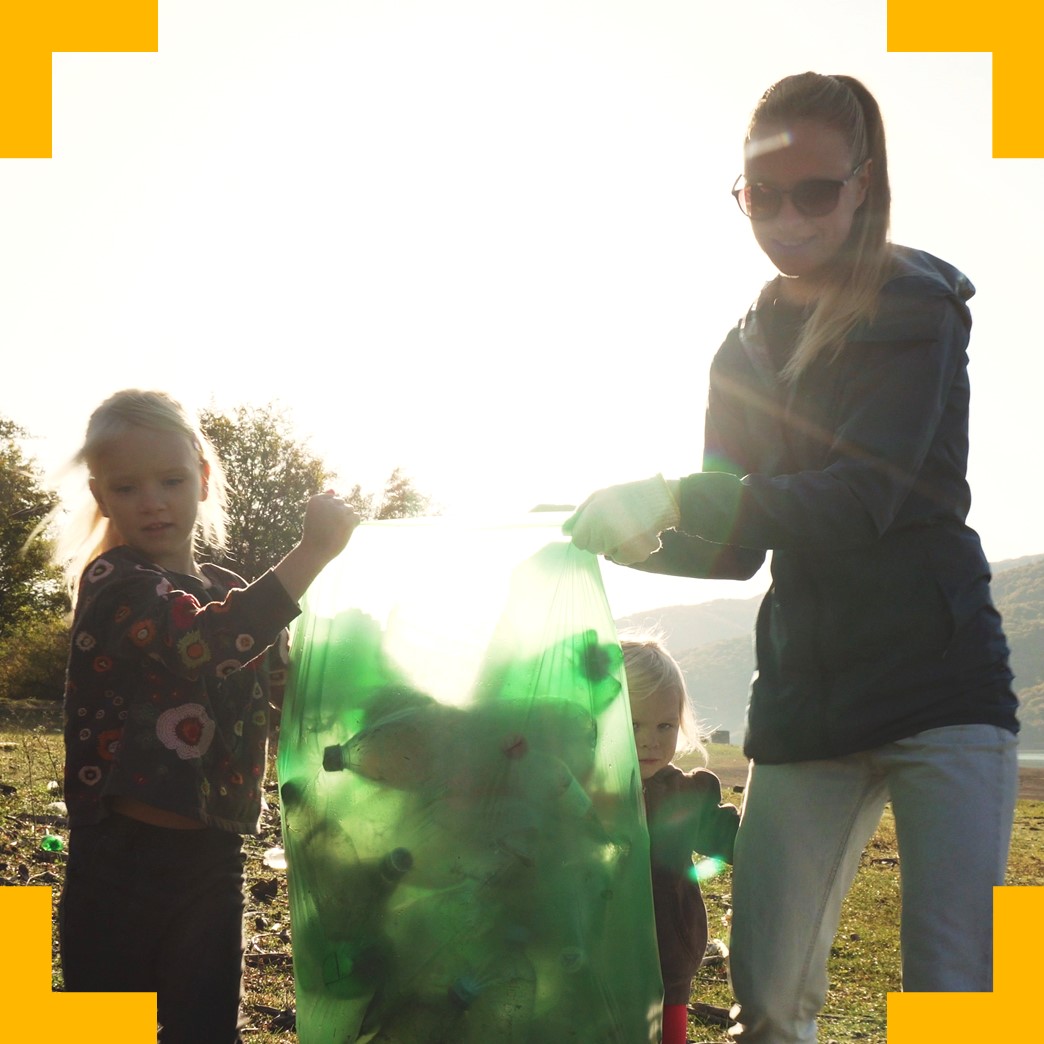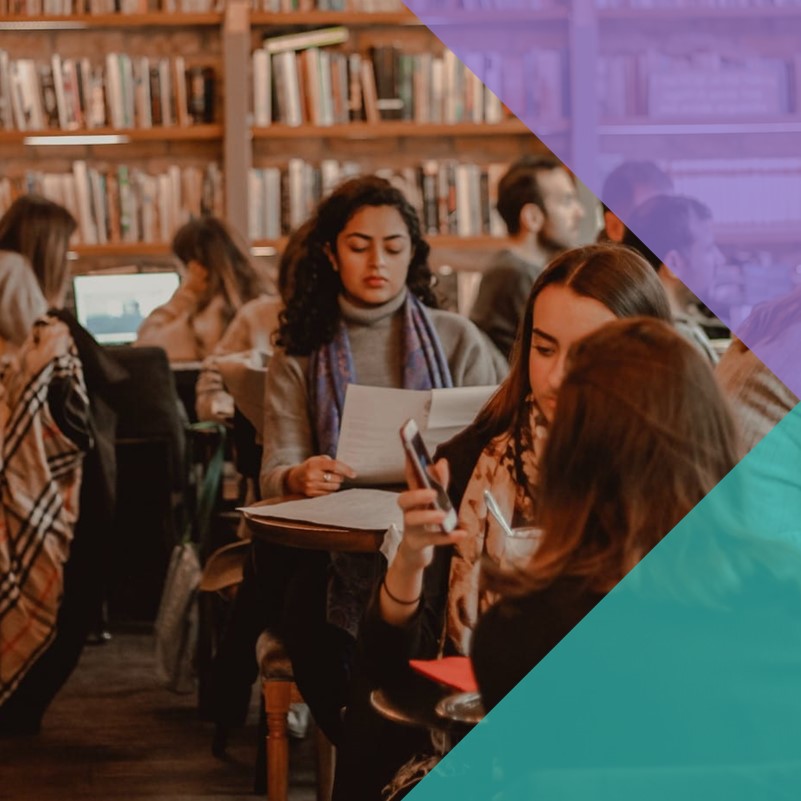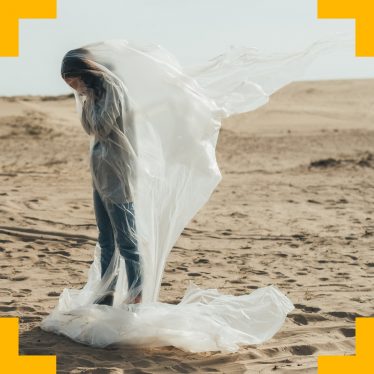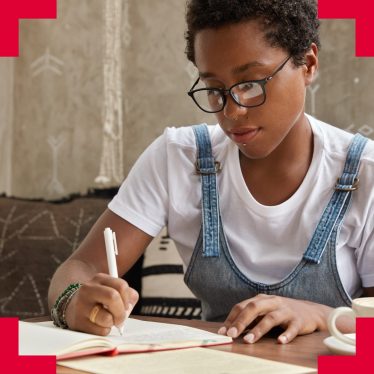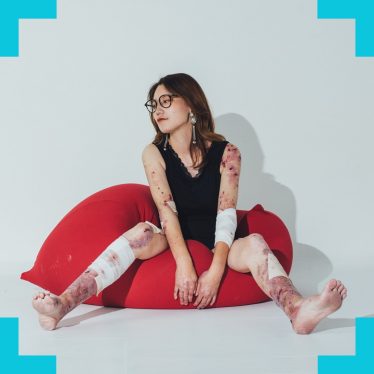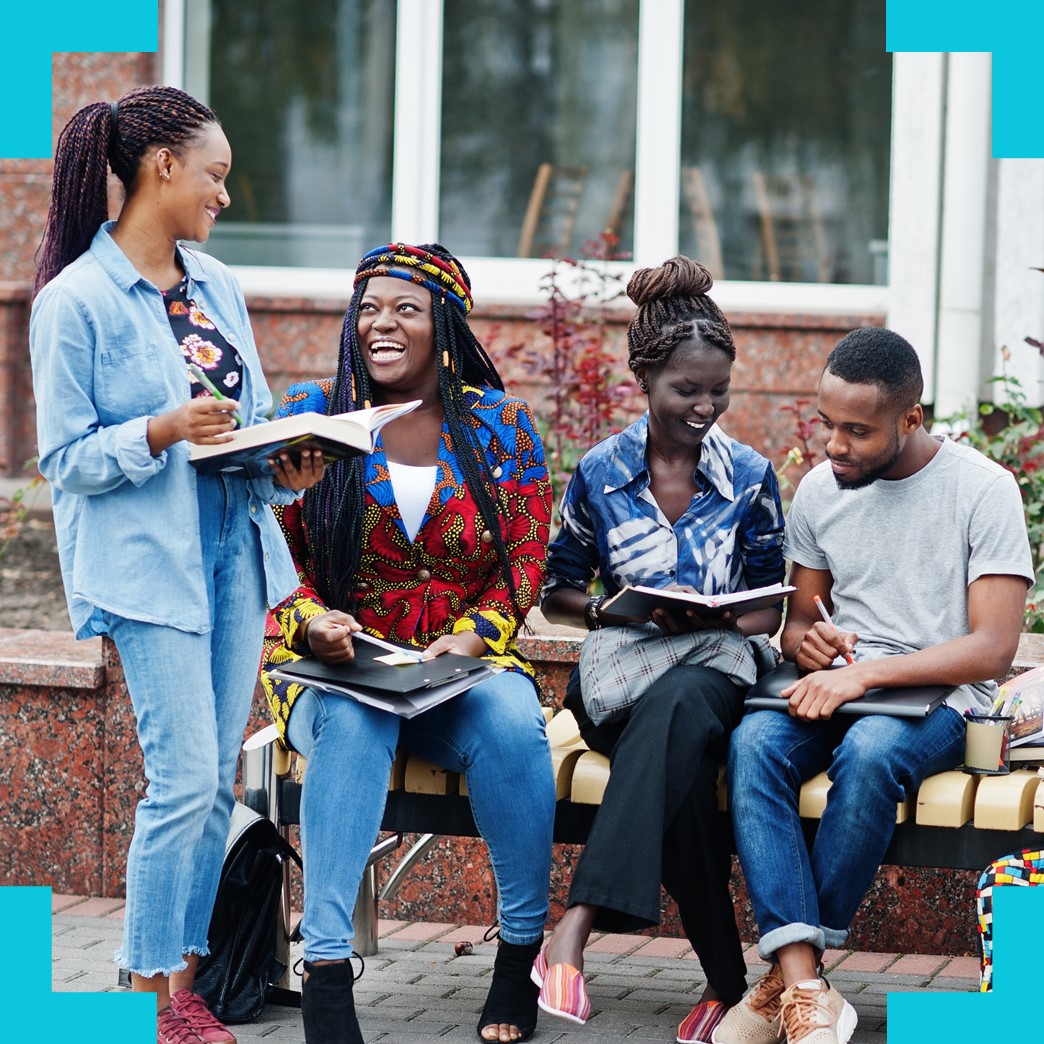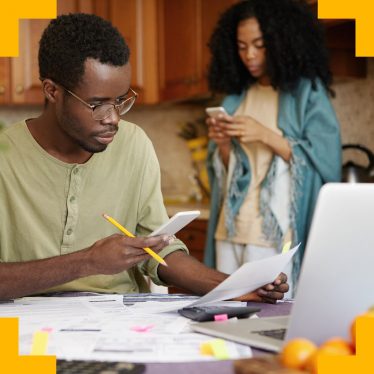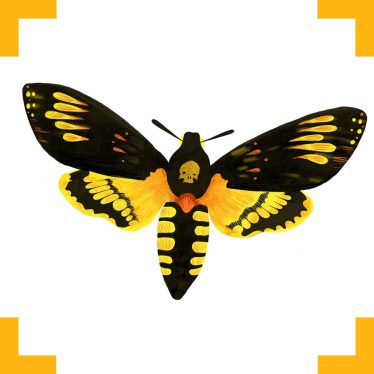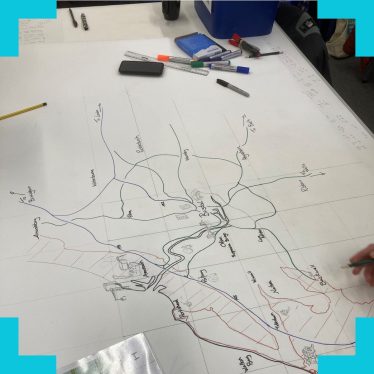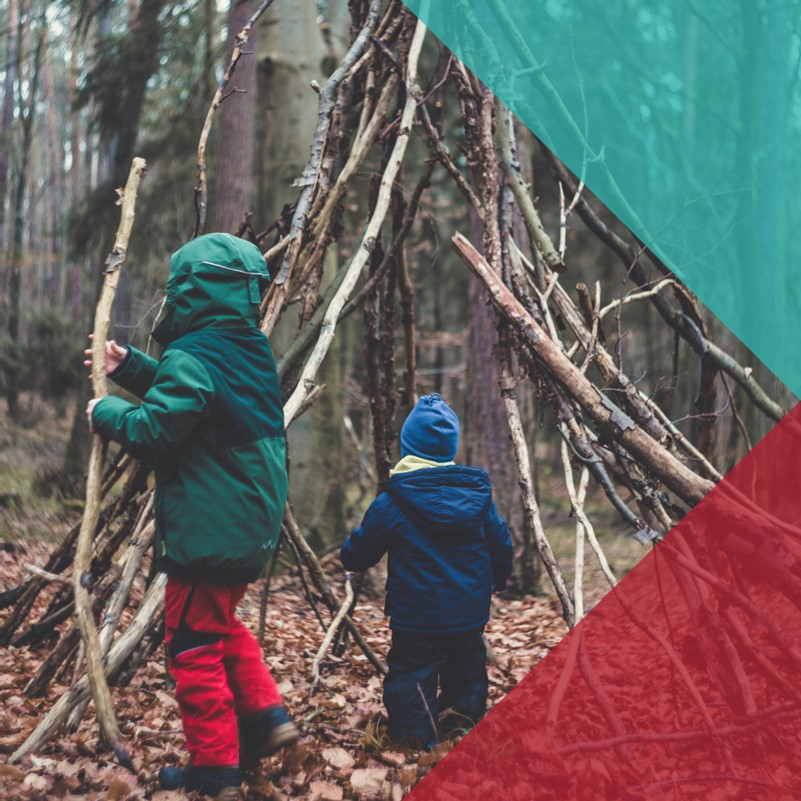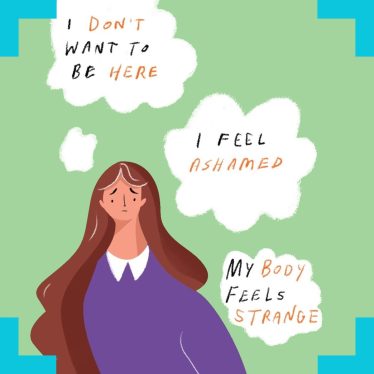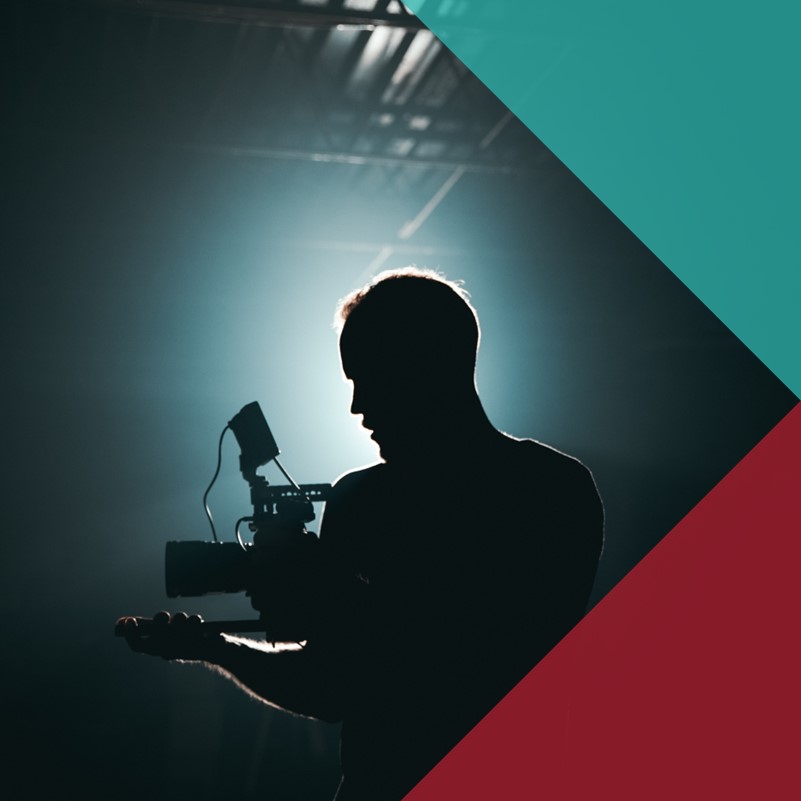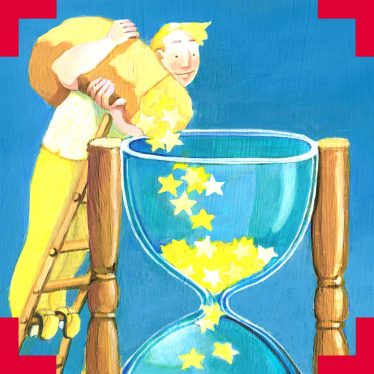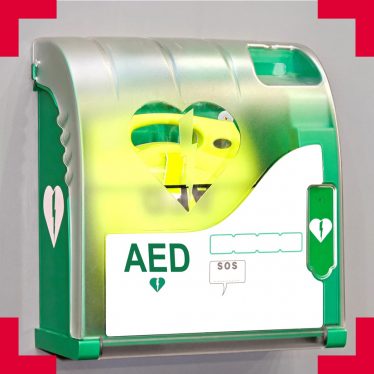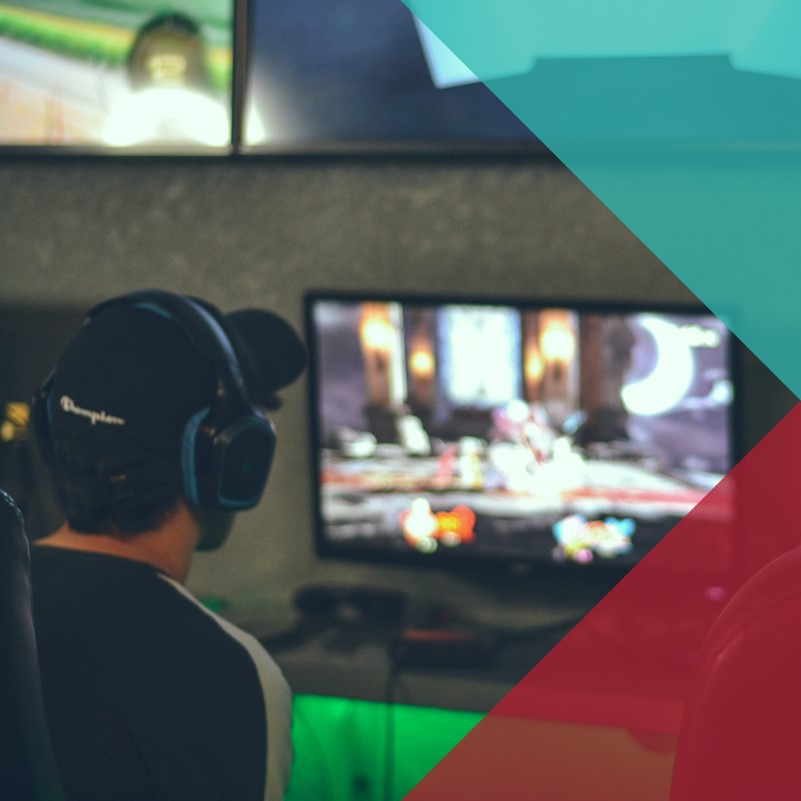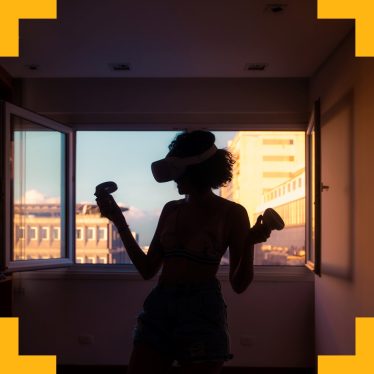Space for Seals: Understanding the relationship between human stakeholders and seals to promote positive wildlife watching practices
How can space be made for meaningful interaction between the participants on how to optimise human-seal relations?
How can space be made for meaningful interaction between the participants on how to optimise human-seal relations?
How can we form a network of practitioners, artists and academics to talk about boys, men and masculinity? What impact could this have on male based violence?
How can participatory research can help us to further our understanding of how the sensory environment affects inclusive design and societal wellbeing?
What role can 3d medical technologies play in exploring one’s identity? What are patients’ perceptions of 3D medical models and the emotional implications that these can carry?
How can community creativity centering on communal gardening in St Pauls contribute to unmooring “traditional” Environmentalism from its white supremacist origins and on-going entrapping?
What are the final steps required to conduct a comparative analysis of the relationship between memory work and political protest in twenty-first century Latin America?
Can we imagine a time when we take responsibility for the health of our water systems? What might an arts practice look like as a result of this speculative dialogue?
How can we ensure that walking is accessible to all? Can experimenting with different forms of walking change our view of society, health, and history?
What kind of future ethics will we have for living well with plants? How can technologically mediated encounters with plants be done ethically and sustainably? Will the future of space exploration require us to learn to live well with plants in novel ways?
How might an engaging artwork help women to connect or understand our bodies and hormonal changes on a deeper level?
In what ways can analysis of nocturnal human-environment entanglements of the River Erme reveal new insights about the contested futures of our rivers?
How can we write narratives of hope in the face of this unfolding disaster? What stories will help prepare us and our children to navigate this crisis?
How much do the sounds around you affect your mood? How much do you need to alter a city’s soundscape to benefit its citizens? Much like air quality, the sounds of our cities affect our wellbeing and health. This project explored how noise pollution in the city can be mapped and the effect of noise on people’s wellbeing.
How can we build on existing research into the benefits of diary keeping to improve student wellbeing? Can diary keeping improve the mental health of secondary school students?
How can the BDFRN formally establish the network’s structure, research focus and collaborative principles to be used during the upcoming years?
What are women’s concerns and questions when contemplating motherhood in the climate crisis? What methods are effective in facilitating non-judgemental dialogue between women who have made different reproduction choices?
How have encounters with ideas hidden in the pages of books and archives stimulated imagination? What connections with others happen amongst the labyrinth of shelves and ideas that change the course of lives?
How can we open up conversations about death and bereavement, in a manner that destigmatises grief and promotes compassion and understanding?
How can researchers use interdisciplinary artistic forms as an emotional distancing tool to developed a framework for creating a responsive, ethically-informed project to collect and curate anonymised stories?
How can we better understand audiences experiences of temporary monuments? What is the best way to collect and use audience feedback during a live performance?
Can the discipline of engineering find ways to improve the quality of life for those affected by Epidermolysis Bullosa?
What are young peoples views on the constructions of gender within the school environment? How do these manifest themselves in everyday interactions with teachers and peers?
What is lived experience of “financial resilience”? How can we create community-led and – centered services to support them on that journey?
How do you create sensitive and authentic cinematic representations of grief? What can we learn from the process of creating films on grief? What can be learned from the different roles and positions involved?
How do creative processes support mathematics teachers in becoming curriculum-makers in relation to issues of climate justice? In what ways do mathematics teachers reimagine their own classrooms in relation to issues of climate justice? What curriculum materials and resources do mathematics teachers make based on these imaginings?
How can children from diverse backgrounds communicate their connection with nature and biodiversity through art? In what ways are nature-based spaces important for children’s wellbeing? What are the diverse experiences of nature that children across the city experience?
How can an web browser plug in best support fashion activists to find and share information which will be useful to other consumers as well?
How can coproduction between researchers, dental professionals, and adult child sexual assault survivors lead to new approaches to dental teaching and training which makes healthcare accessible, inclusive, and responsive to all patient needs?
How can we appraise the relative merits of subjective and objective approaches to narrative storytelling when attempting to convey the lived experience of grief empathetically and authentically?
How we think about time - and use time to think with – matters. This ‘temporal imagination’ shapes our understanding of the world, how it might change and influences what we value. What would an educational approach to time look like?
In an emergency, how would you locate a defibrillator? How can we creatively consider ways to ‘signpost’ campus users and members of the public to the locations of live-saving defibrillators?
Are there any further ways that AD can improve game accessibility? What is the best way to make an audio described game available in a different language and culture? And how can we co-produce a game with visually impaired people that is accessible for all? How can we enhance game accessibility training?
How can shared immersive environments facilitate the co-creation of fairer and more sustainable futures? How can communities at the margins be actively included using an immersive digital shared space?
